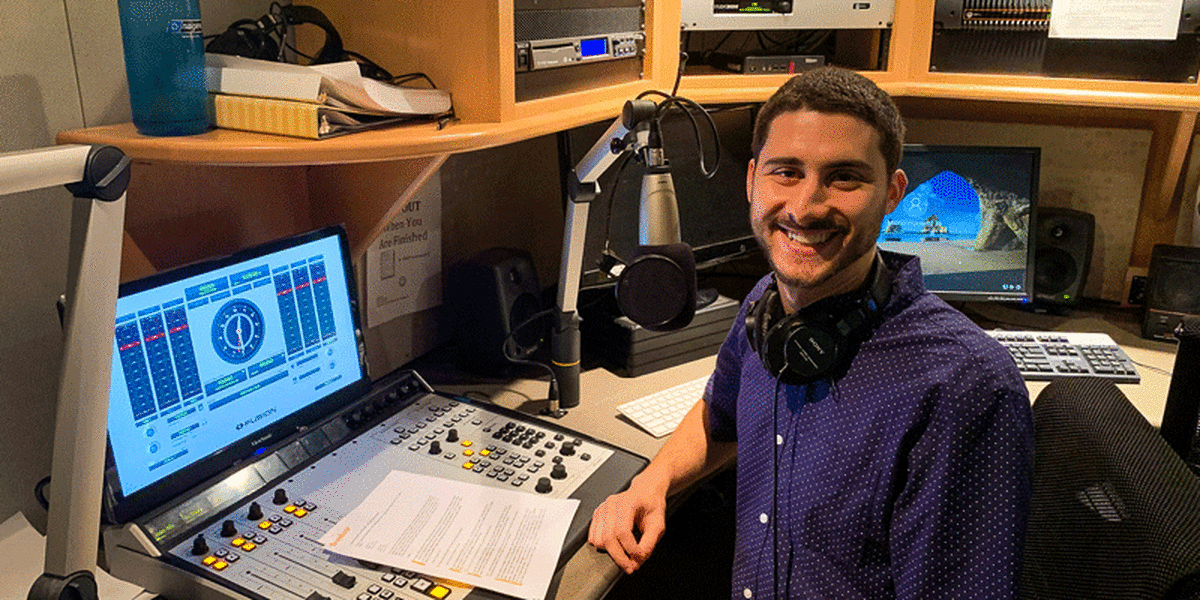
Job Title: Science Journalist at Minnesota Public Radio/American Public Media (in the Water Main division)
How and when did you realize you wanted to work in the science communication field?
Through my writing and presentations in grad school, I found myself getting more and more excited about the communication side of doing research. I loved the creativity and connection involved in good science communication. And I was lucky to have advisers who encouraged me to pursue that alongside my research throughout my PhD.
Are there any specific experiences as a CBS grad student that helped to position you?
In my second year as a grad student I did the Ensia Mentor Program. First off, Ensia is an amazing environmental magazine published right here at the U of M -- a great asset to have on campus. And their Mentor Program pairs early-career scientists or journalists with more experienced writers to report a story. It was my first legit experience doing science journalism, and it totally hooked me.
What advice do you have for CBS graduate students interested in science communication?
Just start practicing! There are so many opportunities at the U of M, depending on what kind of science communication you’re interested in. For snappy presentations, there’s the 3 Minute Thesis. For writing or photography, there’s the Ensia Mentor Program. For face-to-face engagement, there’s Market Science. Try them all!
What does a typical day-to-day look like?
There’s no typical day--which is one thing I love about my job. My favorite days are when I get out of the office to interview people doing cool work in water resources. But there really is a lot of variety. Some days I get to work with our local newsroom to do a quick story for Minnesota Public Radio News, and other days I get to work on long-term projects like our radio documentary about food waste or one of our podcasts. It’s fun to show up to work not knowing what my day’s going to look like!